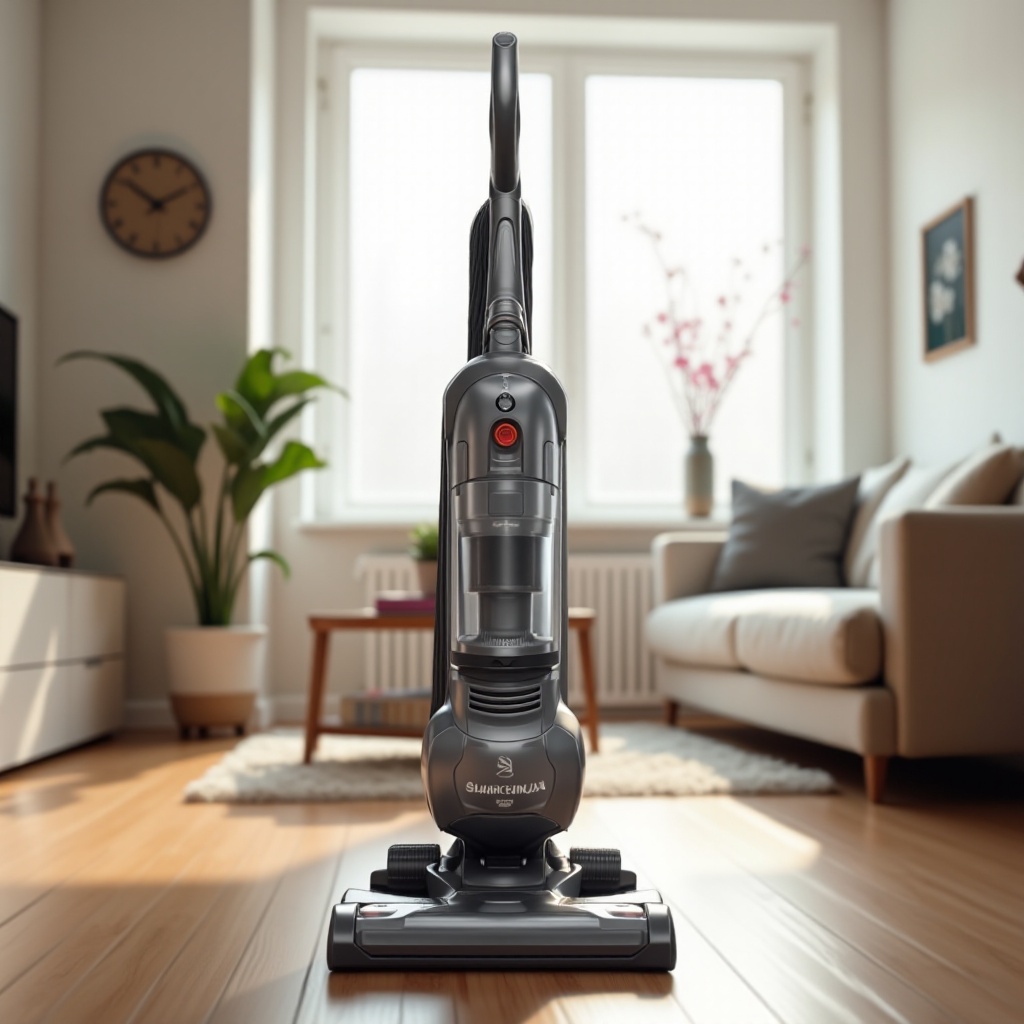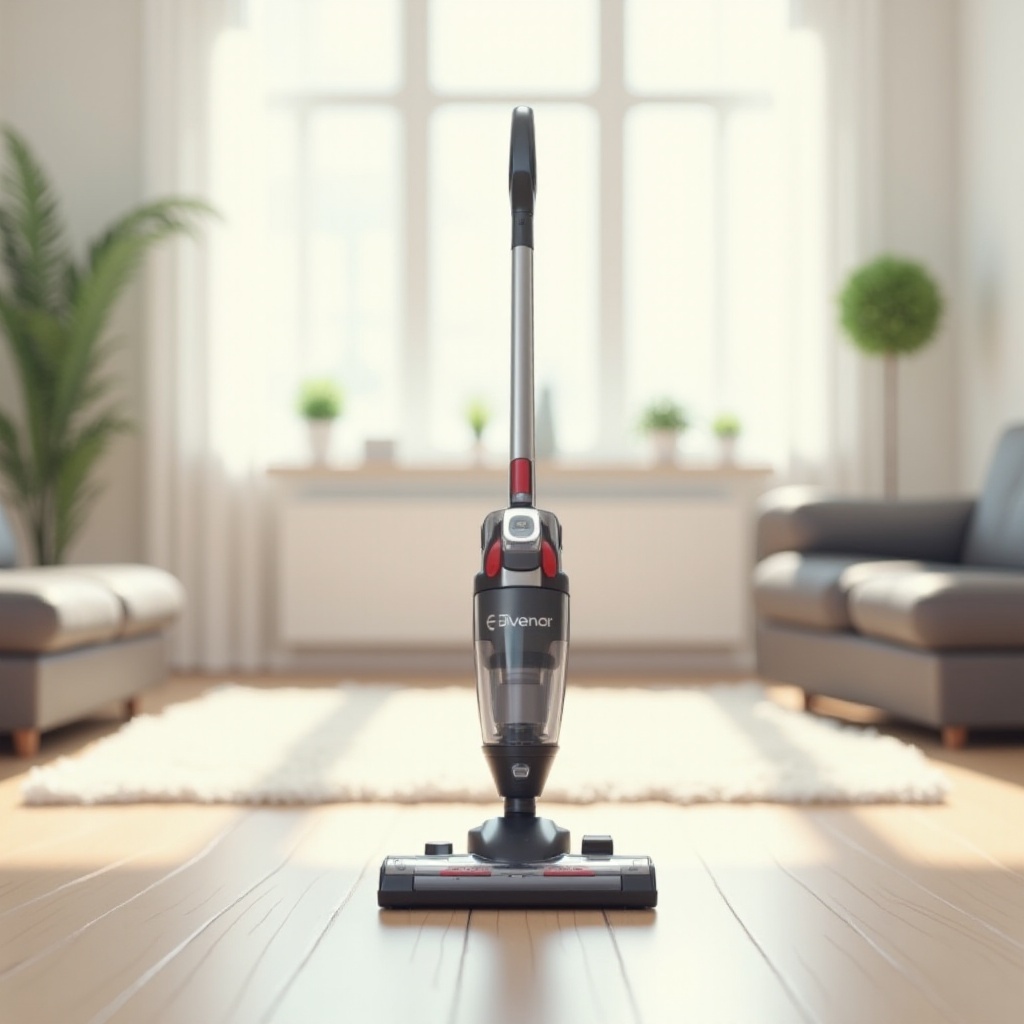Introduction
Maintaining an above ground pool in pristine condition requires effective cleaning strategies. One of the most important tools for this is a pool vacuum. Learning how to use a pool vacuum above ground can extend the life of your pool and enhance your swimming experience. This comprehensive guide will cover how to use different types of pool vacuums, prepare your pool for vacuuming, execute the vacuuming process, maintain your vacuum, address common issues, and more.
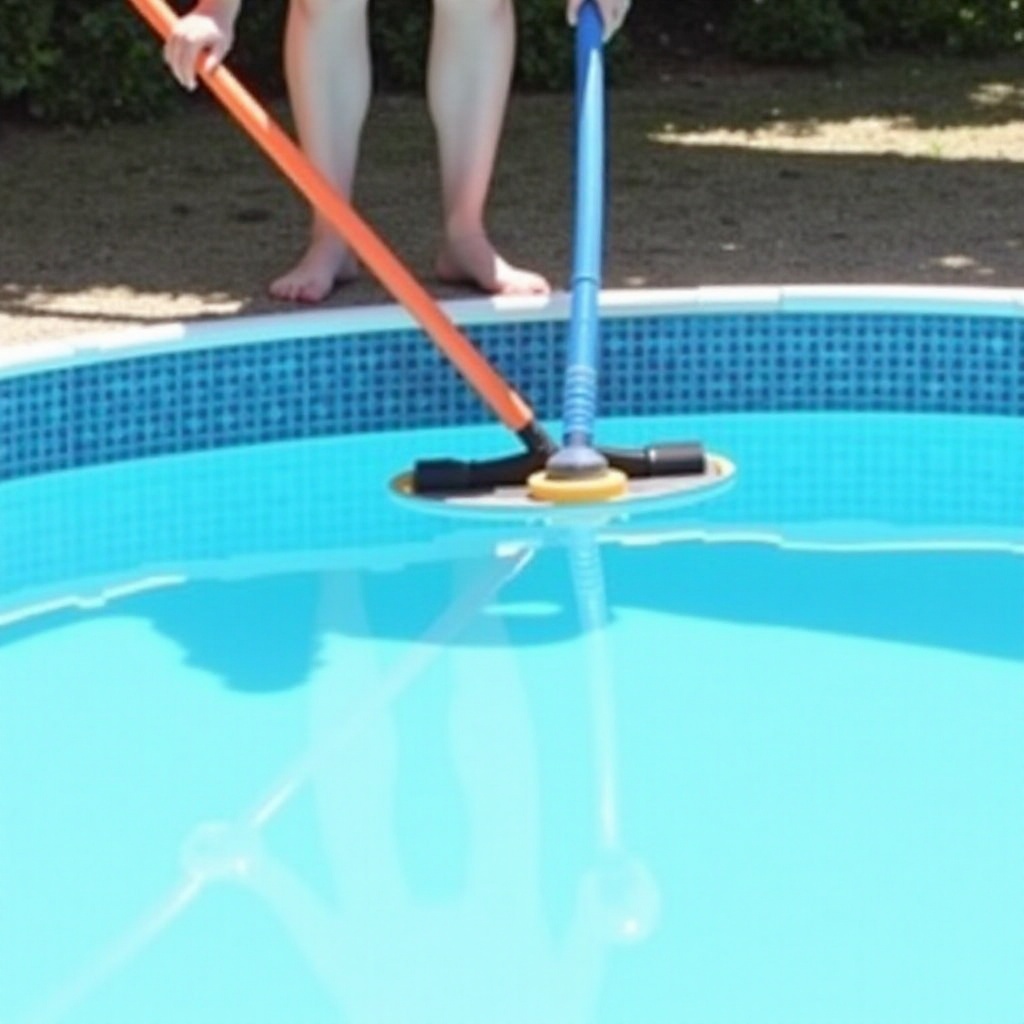
Types of Pool Vacuums
Before diving into the vacuuming process, it’s crucial to understand the different types of pool vacuums available:
-
Manual Pool Vacuums: These require direct human operation and consist of a vacuum head, a telescoping pole, and a hose that connects to your pool’s filtration system. They are cost-effective and ideal for small to medium-sized pools.
-
Automatic Pool Vacuums: These are semi-autonomous cleaners that require minimal supervision. They move around the pool automatically, though they still need to be connected to the pool’s filtration system.
-
Robotic Pool Vacuums: These are fully autonomous units with their own filtration system, utilizing advanced technology to navigate and clean the pool. They tend to be the most expensive but also the most efficient.
Understanding these types helps in selecting the right vacuum based on your pool size, budget, and cleaning needs.
Preparing Your Pool for Vacuuming
Preparation is key to a successful vacuuming session. Here’s what you need to do:
- Skim the Surface: Use a skimmer net to remove leaves and other debris from the pool’s surface.
- Check the Pool Filter: Ensure your pool filter is clean and functioning properly. This helps maintain optimal suction and filtration during the vacuuming process.
- Attach the Vacuum Components: Connect the vacuum head to the telescoping pole and attach the hose securely.
Proper preparation ensures that the vacuuming process is smooth and effective.
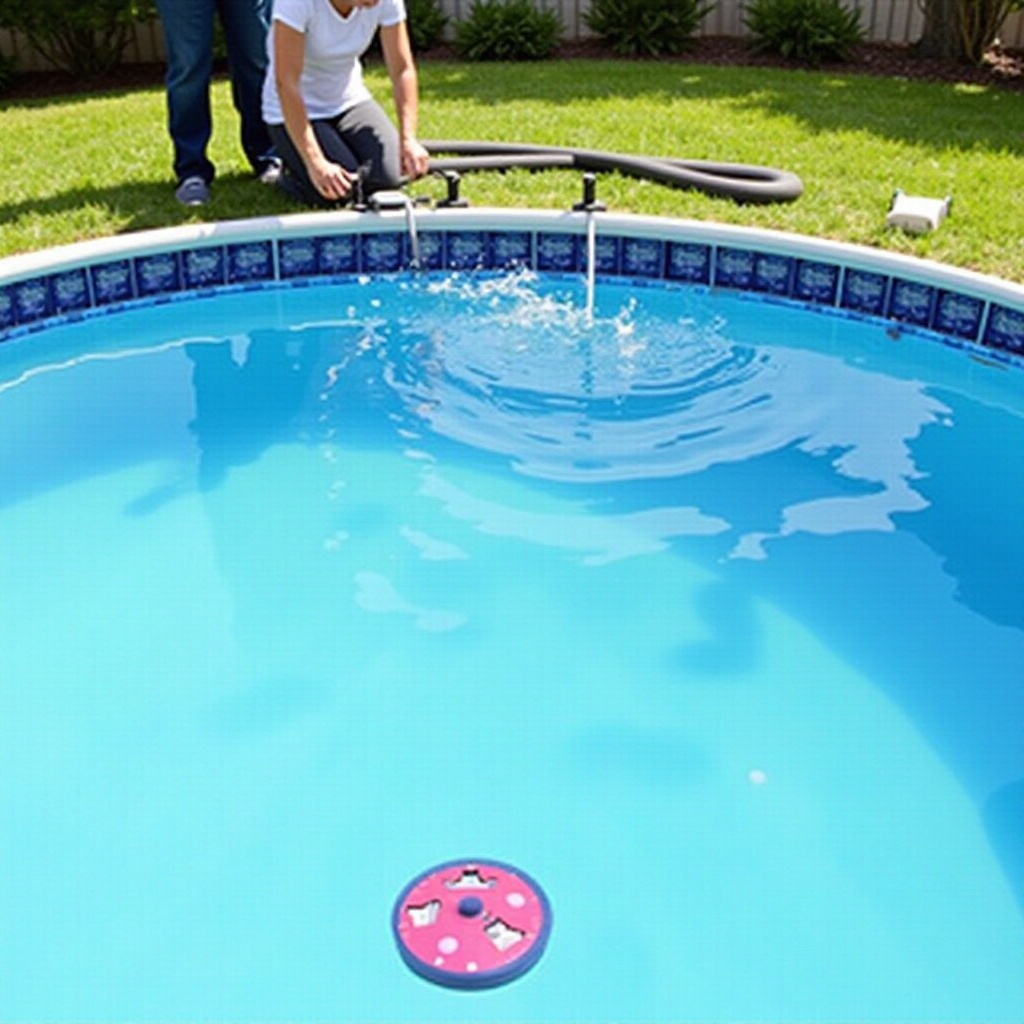
Step-by-Step Guide to Using a Manual Pool Vacuum
Using a manual pool vacuum involves a few straightforward steps:
- Prime the Vacuum: Submerge the vacuum head and hose in the pool. Ensure the hose is filled with water to prevent air pockets that can reduce suction.
- Connect to the Suction Port: Attach the other end of the hose to the suction port (skimmer or dedicated suction line).
- Start Vacuuming: Slowly move the vacuum head across the pool floor in overlapping strokes. Ensure you cover all areas, including corners and steps.
- Monitor the Process: Keep an eye on the vacuum head to ensure it’s touching the pool surface and maintaining good suction.
- Empty the Skimmer Basket: Periodically check and empty the skimmer basket to prevent clogs.
This method helps in thoroughly cleaning the pool manually and is an excellent workout for the arms.
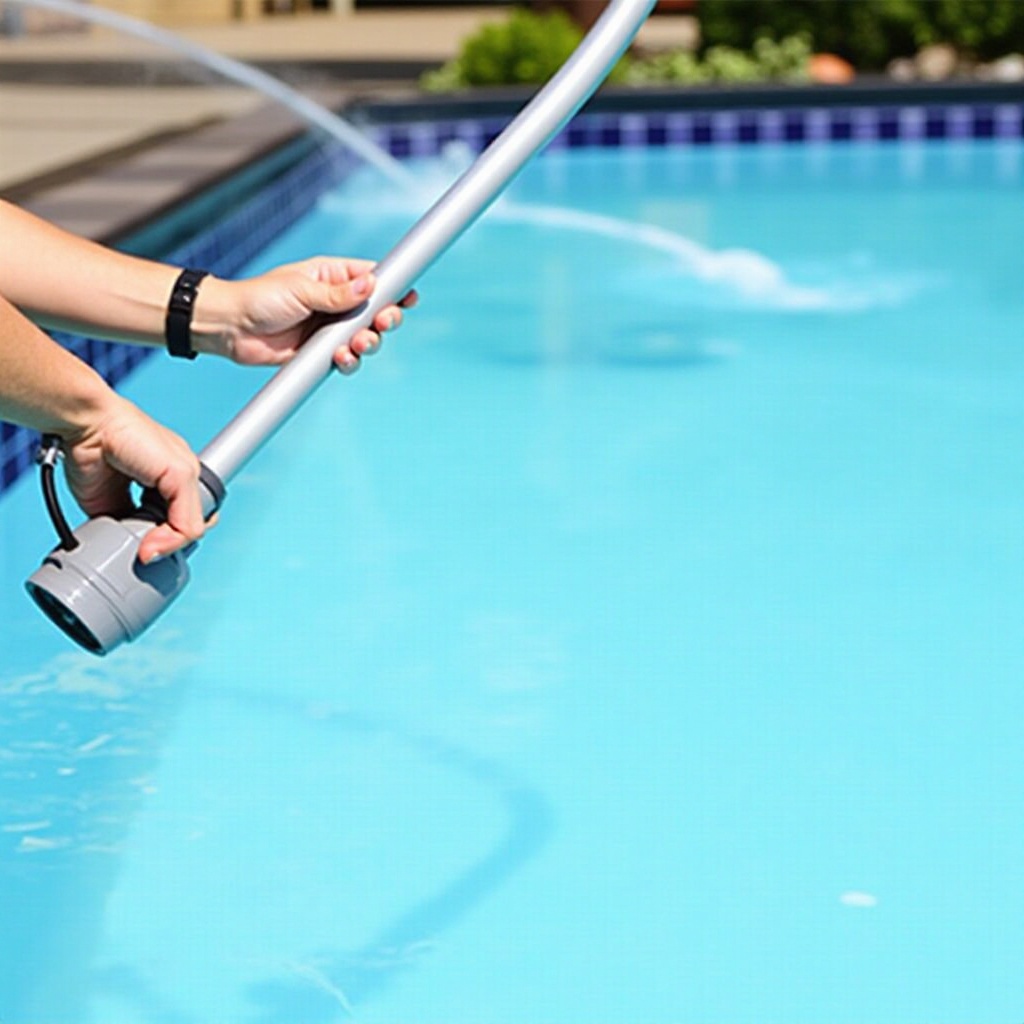
Using an Automatic or Robotic Pool Vacuum
If manual labor isn’t appealing, automatic or robotic vacuums can be a great alternative. Here’s how to use them:
- Set Up the Automatic Vacuum: Connect the automatic vacuum cleaner to the pool’s filtration system and ensure it functions properly.
- Monitor and Adjust: Automatic vacuums move around the pool on their own, but you may need to occasionally adjust or untangle the hose.
For robotic vacuums:
- Plug and Play: Place the robotic vacuum in the pool and turn it on. These vacuums have their own power sources and filtration systems.
- Set the Cleaning Cycle: Select the desired cleaning cycle on the robotic vacuum and let it work autonomously. Most models come with programmed cleaning cycles suited for different levels of dirtiness.
Using these types of vacuums can save time and effort, allowing more time to enjoy a clean pool.
Proper Maintenance of Your Pool Vacuum
Maintaining your pool vacuum ensures its longevity and efficiency. Follow these steps for regular maintenance:
- Rinse After Use: Rinse the vacuum head, hose, and other components with fresh water after each use to remove chemicals and debris.
- Check for Wear and Tear: Regularly inspect your vacuum’s parts for signs of damage or wear. Replace components like brushes and hoses as needed.
- Store Properly: Store your vacuum and its parts in a clean, dry place away from direct sunlight to prevent degradation.
Regular maintenance will keep your vacuum in top condition, ensuring it always performs optimally.
Common Issues and Troubleshooting
Even with the best vacuums, issues can arise. Here are some common problems and solutions:
- Loss of Suction: Check for blockages in the hose or filter and ensure all connections are secure.
- Vacuum Not Moving: For automatic and robotic vacuums, make sure the power source is working and check for obstructions in the vacuum’s path.
- Vacuum Head Floating: Ensure there’s no air trapped in the vacuum hose by submerging it properly.
Addressing these issues promptly will ensure that your vacuuming tasks remain efficient.
Conclusion
Efficient and regular vacuuming is essential for maintaining a clean above ground pool. By understanding how to use different types of vacuums, preparing your pool, following step-by-step guides, and maintaining your equipment, you ensure a pleasant swimming experience for all. Keep your pool clean, and you’ll enjoy many seasons of fun and relaxation.
Frequently Asked Questions
How often should I vacuum my above ground pool?
It’s recommended to vacuum your above ground pool at least once a week to maintain cleanliness and water quality.
Can I use a pool vacuum on any type of above ground pool surface?
Yes, pool vacuums are designed to work on various surfaces, including vinyl, concrete, and fiberglass.
What should I do if my pool vacuum loses suction?
Check for blockages in the hose or filter, ensure that all connections are secure, and verify that the pool’s water level is appropriate.

